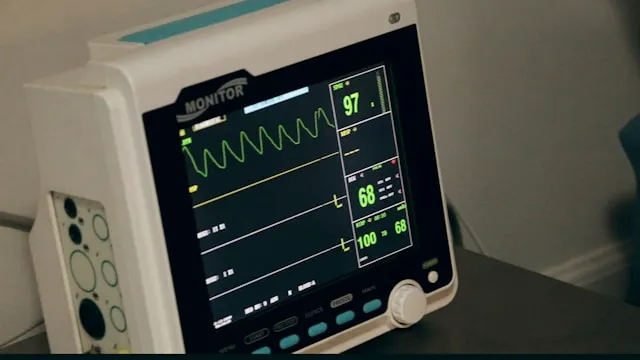Vascular defects are referred to as abnormally developed blood vessels with which a child is born. They occur due to the defects in the stage of embryonic development. The severity and effect of vascular defects depend on the stage of development at which they occur. Depending upon the embryo's growth, the defect may affect arteries, lymph vessels, veins or a combination of all three. Some vascular defects are congenital, i.e. they appear before the child is born, while some others develop after birth.
Coarctation of the Aorta
Coarctation of the aorta is a congenital vascular defect. In this condition, a section of the aorta is narrowed to a width that is abnormal as per normal standards. In a child having coarctation of the aorta, the aorta arches towards the leg and abdomen. In a child affected by this condition, there is a possibility of other heart defects being present.
This is because, due to the abnormality, the left ventricle has to work harder to pump an adequate amount of blood so that it is delivered to the lower part of the body. This process may affect the left side of the heart.
Symptoms of Coarctation of the Aorta
In cases where the coarctation of the aorta is mild, the child may not show any symptoms at all. It can however be diagnosed at a later stage in life. The symptoms that may point towards a possible condition of coarctation of the aorta are:
- The child has difficulty breathing
- Has poor appetite and trouble during feeding
- The child fails to cross the development milestones at the expected rate
- There may be symptoms with abnormal blood flow or an enlarged heart
- The child may feel dizzy often
- Shortness of breath
- Chest pain
- Fatigue
- Headache
- Bleeding nose
- The child may faint or have near-fainting experience/s
- Coldness in legs and feet and muscle aches after exercise
In mild conditions, it is difficult to detect any symptoms. It is thus important that the parents remain alert and observant of any of the above symptoms.
In some cases, within a few days after birth, the child may begin to show severe symptoms as the aorta is unable to pump enough blood. The baby will then need hospitalization and intense medical care.
Diagnosis of Coarctation of the Aorta
In infants, coarctation of the aorta can be diagnosed with the help of a magnetic resonance angiography. The doctor may also suggest a MRI of the chest to assess the exact location of the coarctation and to determine whether it is affecting any other blood vessels of the body. If some cases, the doctor may initiate a cardiac catheterization test.
Treating Coarctation of the Aorta
Surgery is considered to be the best treatment for coarctation. But depending on a child's health, other treatments such as balloon angioplasty and stenting can also be employed.

Reviewed by







